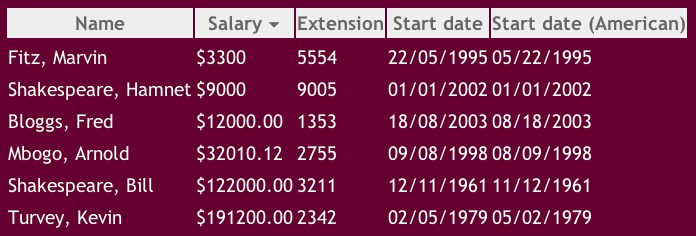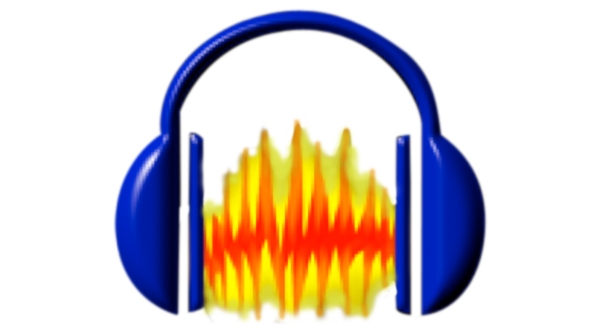

Every App can take advantage of this RAM if it needs it.
#Ifreemem review free#
All it apperantly does is to free inactive RAM that is free already it is not cleaned that is all.
#Ifreemem review software#
There is no denying that stuff is really bloated, because software developers feel like RAM is that abundant today that you don't need to worry about it anymore.Īnd iFreeMem don't help anything.
#Ifreemem review utorrent#
Even utorrent used to need 5-10mb and now it needs 25 with out even downloading anything just sitting there.

Before knowing this, I would have to quit Illustrator to clear up memory so I could continue working. This means that if you try to open another large Illustrator file you will get an File is unopenable error message. That used to be possible with 2-3 mb of RAM. Using Adobe Illustrator with huge files, the MAC’s system memory isn’t purged after the file (s) are closed. It needs to remember a few list and display a simple document tree. What is RapidSVN doing to need 45mb of RAM. I run on 4gigs and just with opening my usual working apps which do not handle, video or pictures and don't really conume that much RAM, I usually end up with only a little more than 1 gig or inactive or free RAM. Even if you don't use those RAM consuming features at all. The system cannot do this with wired memory, but it can do it with active memory.While it is true that RAM is there to serve a purpose and it cannot if you don't use it, many modern Apps and those of Apple more than others need insane amounts of RAM for the features they provide. Keep in mind that the combination of free and inactive RAM is still not the total available RAM in the system, because if you put high memory demands on the system, other program's active RAM will be progressively written to virtual memory so it can be freed for use. We did a small review of iFreeMem, so be sure to check it out to see how it runs. The utility iFreeMem is useful for clearing out unused RAM by demanding as much RAM as possible from the system, forcing the system to write as much memory to disk as possible and otherwise clear the RAM, and reducing the overall memory footprint. If you have Apple's Computer Hardware Understanding Developer tools installed (available from the Apple developer Web site-free, with registration), you should have the purge command installed, which can be run to free up some of the inactive memory. While we advise to allow the system to manage RAM for best performance, there are a couple of utilities you can use to make the green part of the memory pie chart as big as possible. At first glance this may appear as though I am completely out of memory however, I have about 700MB of inactive RAM as well, meaning that overall I have 733MB available for use with new or reactivated system processes.ĭespite this, some people still like to see green values and a larger free RAM amount. If you are concerned about your system not having enough RAM, do not just look at the free RAM amount, but instead add up both the free and inactive RAM amounts.Īs an example, on my PowerMac G5 with 2GB RAM, upon checking Activity Monitor I have a small sliver of free memory available (~33MB). Get MacKeeper price, discount code, reviews, archieves to use MacKeeper. While this is beneficial to the system, it is a little deceptive when trying to determine the amount of free RAM on the system. Instead of having to load the RAM contents from the hard disk, the system will just convert the inactive RAM back to being active.

The use of inactive RAM allows the system to more quickly relaunch those recently used processes, and therefore increase the speed of the system. This RAM is essentially free RAM, with the exception that OS X has kept track of what has recently been loaded into it.Įven though Activity Monitor shows a sliver of "free" memory available, this does not reflect the total amount of available RAM for use with new processes and applications. It may have been used by a recently quit process, or by an active one that no longer needs it, and is not required for use. This is the amount that has recently been used but is no longer required. This is the current amount of memory besides wired RAM that is being used by system and user processes. This RAM cannot be written to virtual memory on the hard disk.

This is the amount that must be kept active for the system to run. There are four ways that RAM is described by the system: free, wired, active, and inactive.īeing rather self-explanatory, this is the amount that has not been recently used by an application or system process. The question is whether or not this will affect performance, and what can be done about it? When looking at the System Memory pie chart in Activity Monitor, it's apparent that the "Inactive" memory segment seems to be growing. A few users have noticed that over time the amount of free RAM on their systems seems to go down, even if the active RAM size has not changed much.


 0 kommentar(er)
0 kommentar(er)
